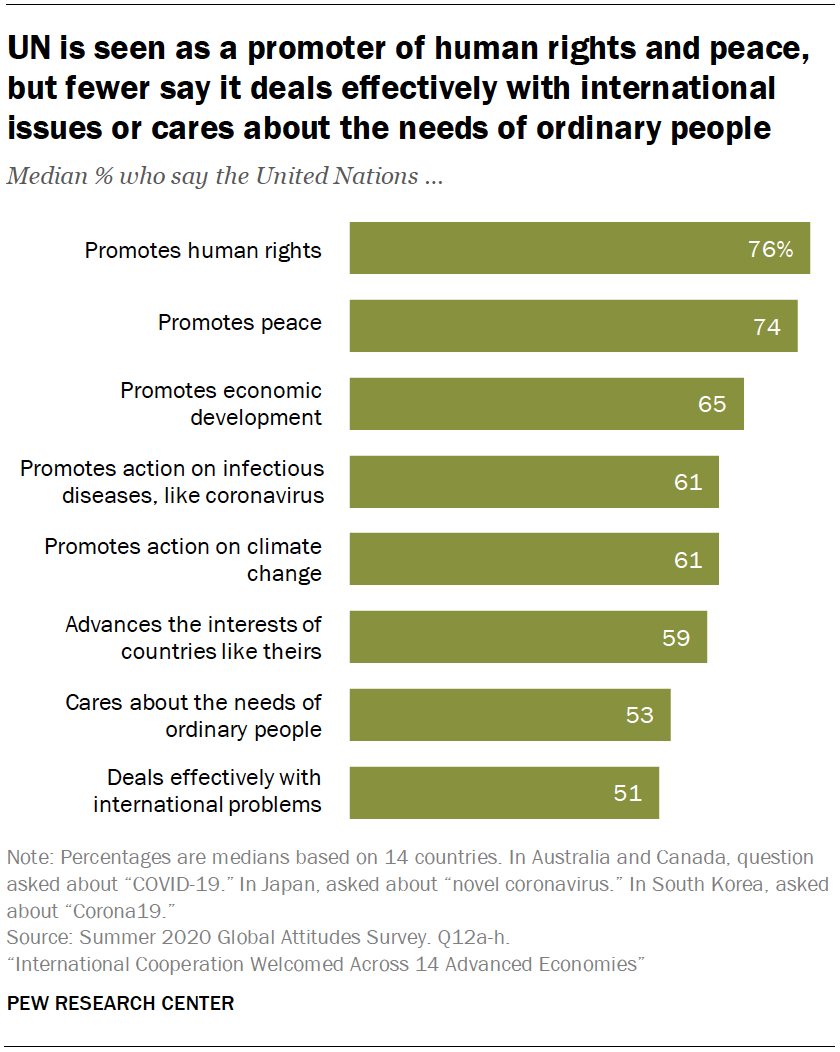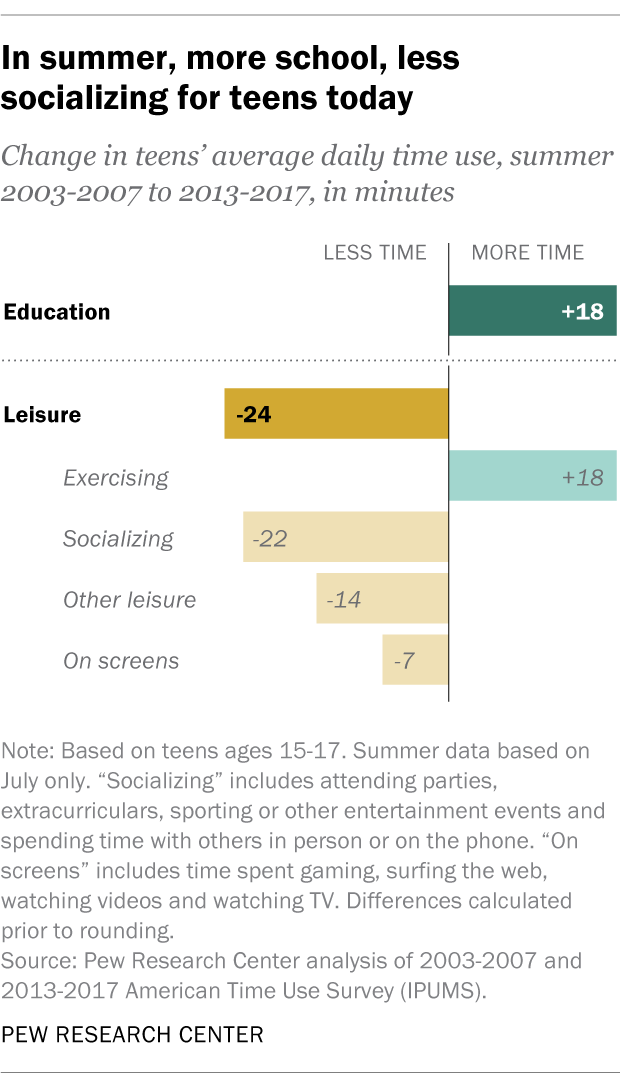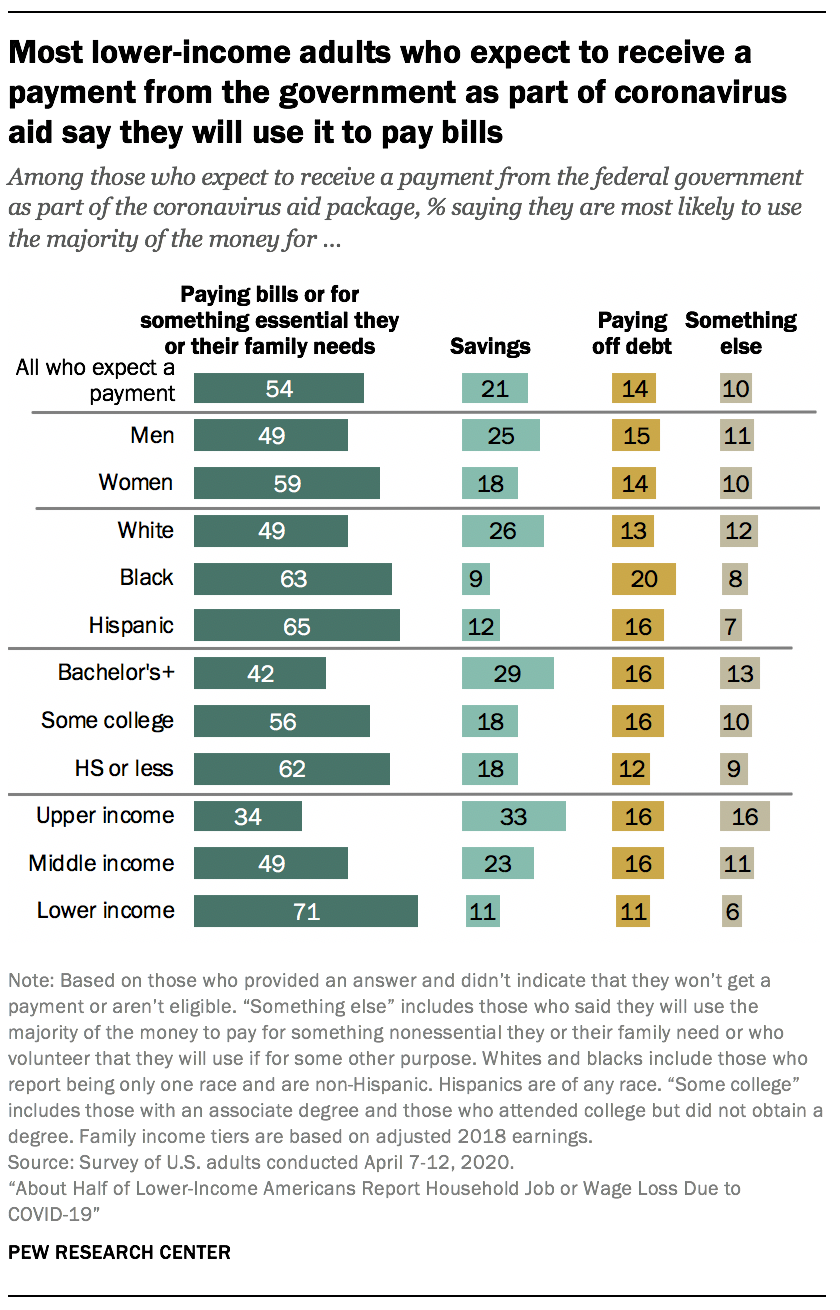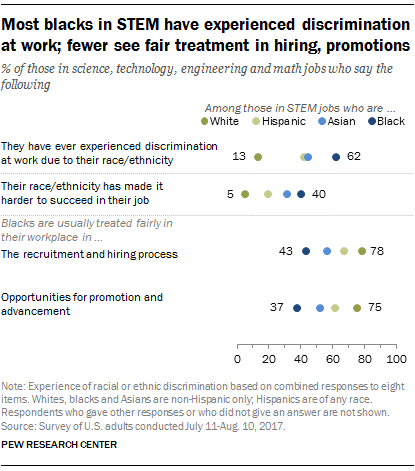

The Smithsonian Environmental Research Center's (SERC) Internship Program offers undergraduate and beginning graduate students a unique opportunity to gain hands-on experience in the fields of environmental research and public engagement.

“ Microblogging and status updating on social networks have replaced old-style ‘macro-blogging’ for many teens and adults,” she said.Internships The SERC Internship Experience:

Lenhart also pointed out that many of the functions that blogging served for teens in the mid-2000s for communicating about their lives and updating their activities for their friends have become central activities on social networking sites. “The fad stage is over for teens and young adults and the move to Facebook - which lacks a specific tool for blogging within the network - may have contributed to the decline of blogging among young adults and teens.” “Blogging appears to have lost its luster for many young users,” said Lenhart. New survey results also show that among adults 18 and older, Facebook has taken over as the social network of choice 73% of adult profile owners use Facebook, 48% have a profile on MySpace and 14% use LinkedIn. “People under 30 have often been in the vanguard of internet and cell-phone use, and it will be interesting to see how much of their enthusiasm for new gadgets is a time-of-life issue, and how much will ripple through the broader culture in the coming years.” “We often look to younger generations to see where technology use might be headed in the future,” lead author Amanda Lenhart noted. However, even as blogging declines among those under 30, wireless connectivity continues to rise in this age group. This puts Twitter far down the list of popular online activities for teens and stands in stark contrast to their record of being early adopters of nearly every online activity. By contrast, older adults have not kept pace some 40% of adults 30 and older use the social sites in the fall of 2009.Īdditionally, teens ages 12-17 do not use Twitter in large numbers – just 8% of online teens 12-17 say they ever use Twitter, a percentage similar to the number who use virtual worlds. Nearly three quarters (73%) of online teens and an equal number (72%) of young adults use social network sites. Much of the drop in blogging among younger internet users may be attributable to changes in social network use by teens and young adults. During the same period, the percentage of online adults over thirty who were bloggers rose from 7% blogging in 2006 to 11% in 2009.

In 2006, 28% of teens ages 12-17 and young adults ages 18-29 were bloggers, but by 2009 the numbers had dropped to 14% of teens and 15% of young adults. Two Pew Internet Project surveys of teens and adults reveal a decline in blogging among teens and young adults and a modest rise among adults 30 and older.


 0 kommentar(er)
0 kommentar(er)
